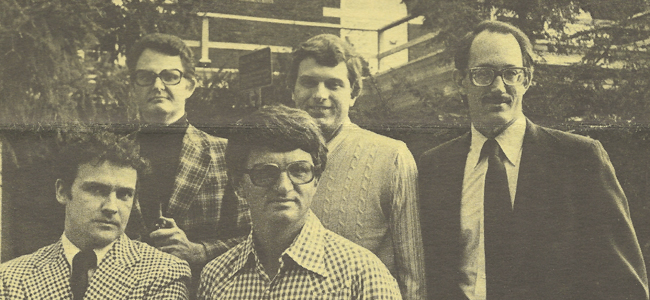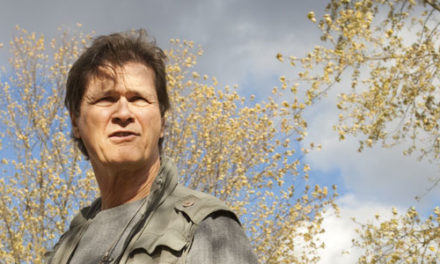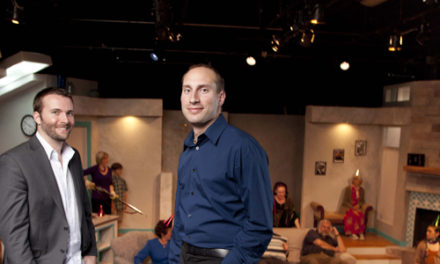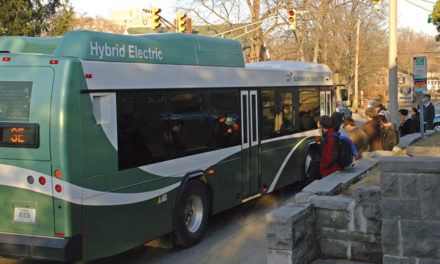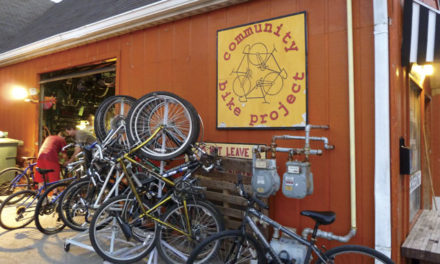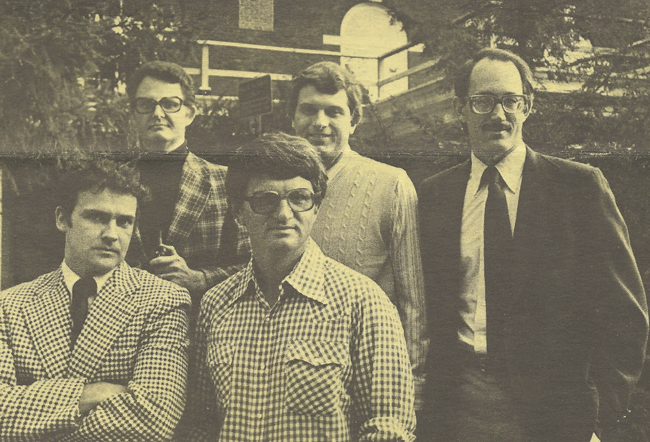
“The Alternative” (later known as “The American Spectator”) writers and Phi Kappa Psi fraternity members (l-r) Bob Tyrrell; Kent Owen; Steve Tesich; Steve Smith; and Alan Sommers, who recently retired from his Bloomington neurology practice, in a photo that originally appeared in the “Phi Kappa Psi Alumnigram” in 1978. Courtesy photo
In this bastion of liberalism, a groundbreaking, impertinent campus magazine attracted the best conservative thinkers and writers of the day and spread its influence all the way to the White House.
BY ELISABETH ANDREWS
Bloomington is generally known as Indiana’s liberal epicenter, a blue island in a red state. With a 43-year succession of Democratic mayors, the town’s reputation is distinctively progressive, a feature both embraced and enhanced by Indiana University (though an occasional hindrance to Statehouse relations). But there was a time, in the not-too-distant past, when the town drew a steady stream of the nation’s most influential conservative thinkers, who found their champion in a magazine produced in an old farmhouse on West Indiana 46.
Throughout the 1970s, on any given Saturday, one could run across American intellectuals such as William F. Buckley Jr. and Tom Wolfe or European luminaries such as Malcolm Muggeridge and Luigi Barzini Jr. They would gather at Le Petit Café with a collection of students, professors, and local business owners in a Heartland version of the Enlightenment salon, discussing politics, literature, philosophy, and the events of the day.
The magazine that brought them together, The American Spectator, is long gone from Indiana, but while it was here it not only launched the careers of a generation of conservative writers but also became a significant contributor to the rise of a new American conservatism. It’s a part of Bloomington’s history that, however at odds with the city’s broader identity, deserves to be preserved, as it made a lasting mark on the country’s political landscape.


